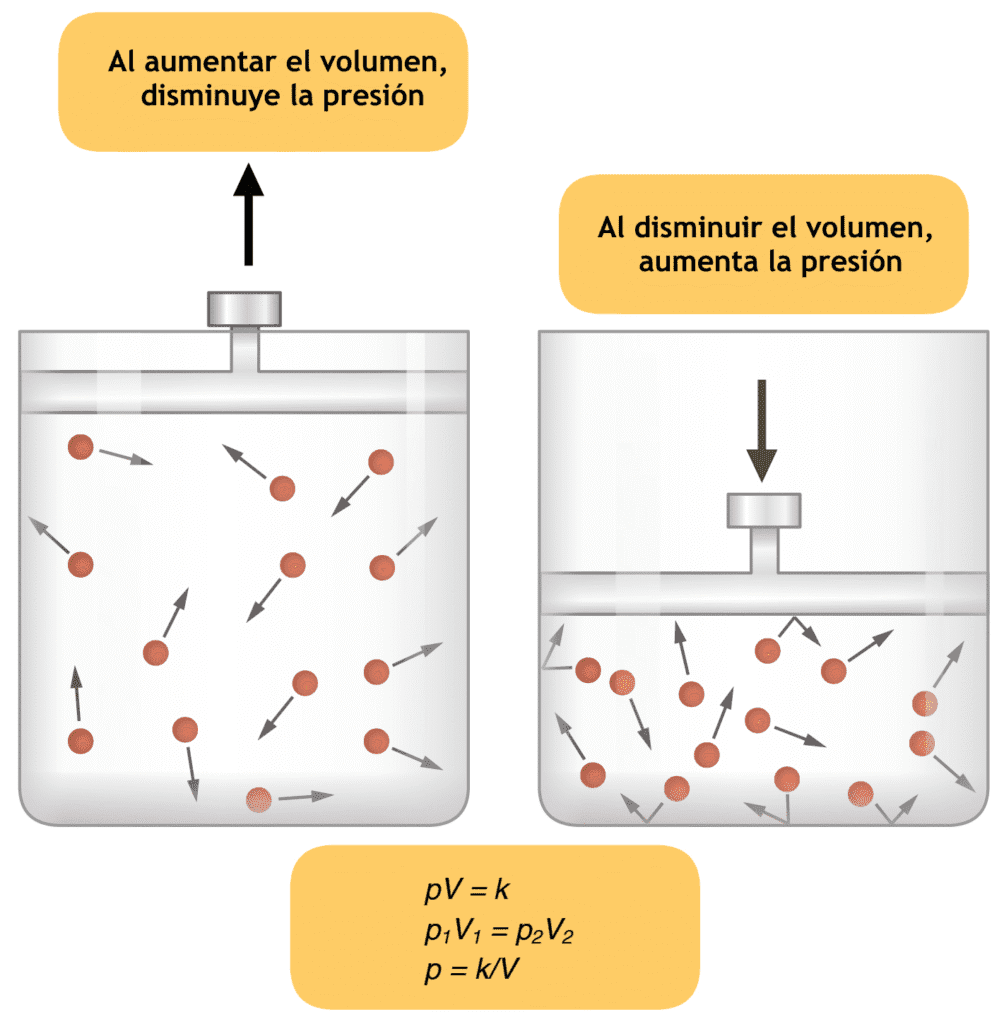Emergence from anesthesia has cardiorespiratory, metabolic/endocrine and neurologic consequences. Awakening and extubation after anesthesia are associated with haemodynamic arousal lasting 10-25 minutes.
This activation is partially mediated by elevations in catecholamine levels and partially by nociceptive stimuli. The aim of emergence after a neurosurgical procedure is to maintain intracerebral and extra-cerebral homeostasis.
This implies maintenance of stable haemodynamics, adequate gas exchange and normothermia.
To ensure smooth emergence from anesthesia, all the anaesthetic and analgesics are titrated carefully during the surgery. At the end of the procedure intravenous lignocaine/sympatholytic agents and/or short bursts of volatile anesthetics are administered to avoid coughing and bucking on the tube.
Maintenance of adequate serum phenytoin levels help in prevention of postoperative seizure disorders in patients requiring perioperative phenytoin therapy.
Residual neuromuscular blockade can affect the respiration in the immediate postoperative period, therefore one must ensure adequate reversal at the end of anaesthesia.
Reversal of neuromuscular blockade need to be timed with the scalp dressing rather than with the application of last suture to avoid coughing and bucking on the tube.
The trachea is extubated only when protective airway reflexes have returned and patient is haemodynamically and neurologically stable. Patients suffering from obtunded consciousness, lower cranial nerve palsies, haemodynamically unstability and severe pulmonary disorders require prolonged intubation.
Other causes of delayed emergence are seizures, cerebral oedema, intracranial haematoma, pneumocephalus, vessel occlusion/ischaemia and metabolic or electrolyte disturbances.
Risk of postoperative complications is further increased in patients undergoing prolonged surgery of more than 6 hr duration and an extensive surgical dissection especially near the vital brain areas. These patients must be given adequate sedation and analgesia during mechanical ventilation.
Barker et al
Barker et al measured the intracranial pressures (ICP) at different stages of emergence from anesthesia and found significant rise in ICP in spontaneously breathing patients in the immediate postoperative period. They commented that patient’s haemodynamic parameters are better maintained during the operation than in the postoperative phase and also emphasized upon the need for “smooth emergence” from anesthesia. In another study, ICP was found to be raised in 20% patients undergoing elective intracranial surgery.

